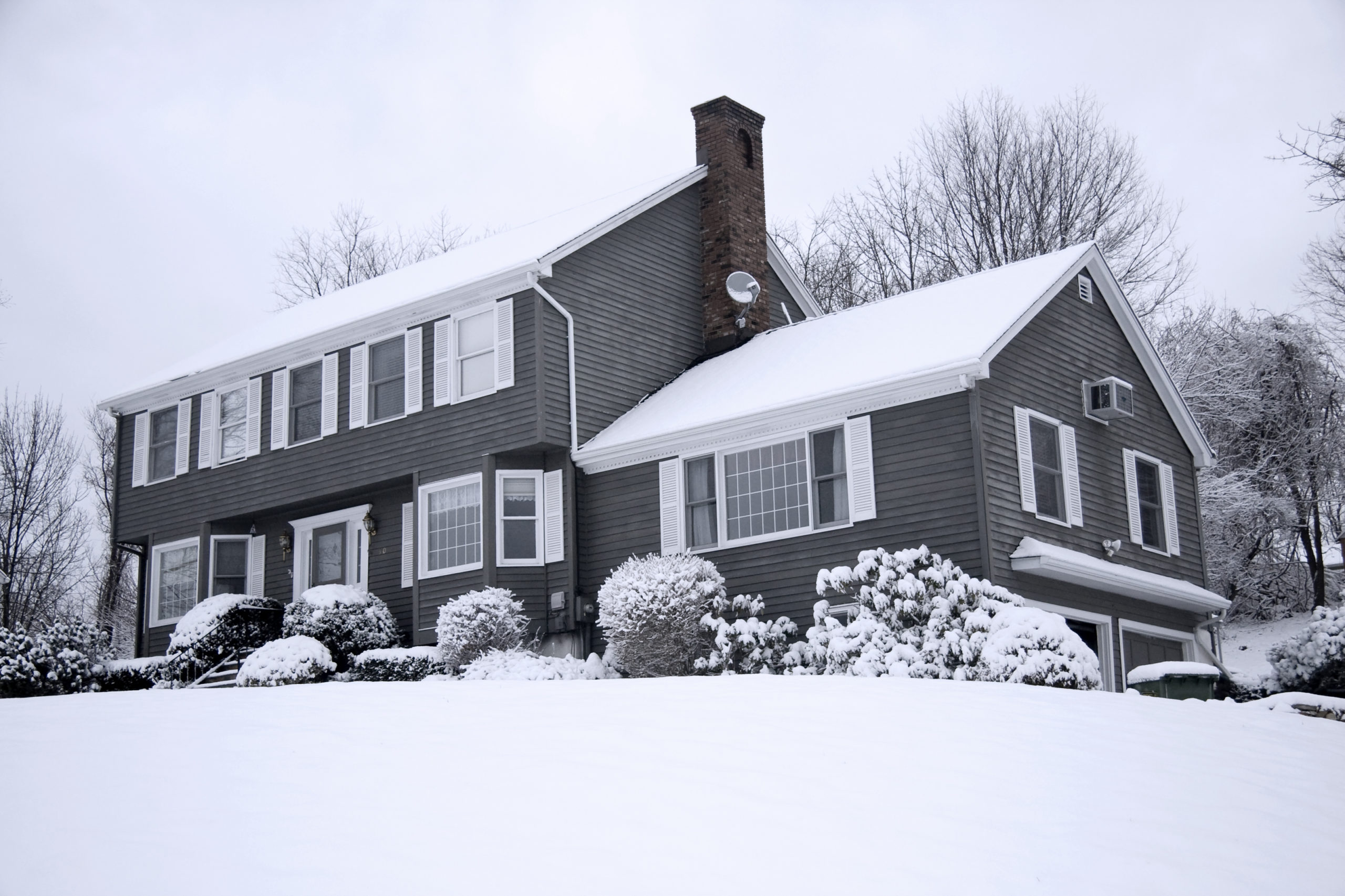How Geothermal Systems Keep Your Home Warm in Winter
Most homes receive heat through a heat pump. Heat pumps siphon heat from outdoor air to provide the interior with warmth. Often, in cold temperatures, the energy efficiency of a heat pump reduces. Geothermal pumps, on the other hand, do not have this problem. These are ground-source pumps. They are more reliable than other forms of heating because it does not matter what the outside temperature is. They also offer savings beyond heat pumps and gas and electric furnaces. Here is why it works so well.
How Does Geothermal Heating Work?
Geothermal pumps draw heat from the outside like a standard heat pump. The biggest difference is the location that the pump draws it from. A geothermal pump uses a mixture of water and antifreeze from underground loops to gather heat. Then it passes it through a heat exchanger, sends the heat to the refrigerant and circulates through the components of the heat pump.
Now, the reason that the outdoor temperature does not matter is because the loops are deep enough underground that they do not come in contact with the frost. Meaning, it does not matter how cold the ground is during winter. Anything deeper than five feet in the Earth maintains a temperature of 45 to 50 degrees Fahrenheit. That is enough warmth for a geothermal heat pump to use without any strain. In the summer, if you use it for cooling, it is still cool enough underground to cool your home efficiently.
If you have a problem with energy efficiency in the winter, then you may want to think about your heat pump. Geothermal pumps work because they do not draw on frigid outdoor temperatures. When it drops below freezing, your pump has to work extra hard to warm your home. Underground, there is a more consistent temperature for your pump to rely on. For more information on geothermal HVAC systems, contact Chesapeake Geosystems by calling 410-489-1712 or emailing us today!









